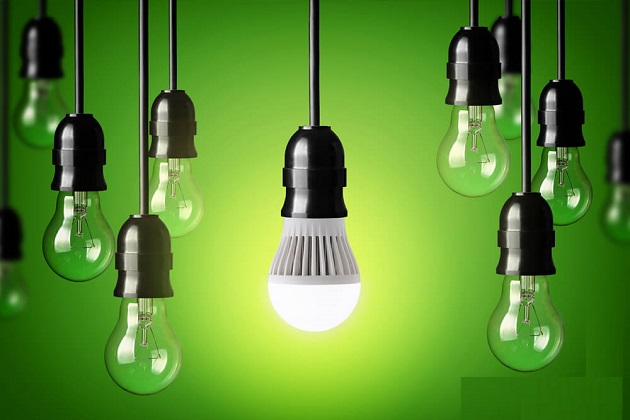Today, the internet is crucial. For all of us. In India, broadband speeds have increased, and the Wi-Fi has found its place in every urban household. Imagining of our lives today, without access to Wi-Fi will be an uphill task. But, all that could change. Have you ever wondered if the LED in your house could give you access to the internet? Before you turn away dismissing this thought as impossible, consider this: the Indian government is already testing this technology!
Dubbed as LiFi (Light Fidelity), the technology uses LED bulbs and other spectrums of light to transmit data speeds in excess of 10 GB per second over a 1 kilometre radius. And the good news is that the Ministry of Electronics and IT (MeitY) has successfully tested the LiFi technology.
The government is playing with this ground breaking technology for the digital inclusion of places that are hard to reach by fibre networks but have access to electricity.
“One of the biggest use-cases of LiFi could be in the upcoming smart cities in the country, whose underlying theme will be internet of things for modern city management and will be connected by LED bulbs,” said Neena Pahuja, director general of the Education and Research Network (ERNET), an autonomous scientific society under the ministry, which conducted the pilot.
The pilot was tested at IIT Madras in partnership with lighting leaders Philips. While tests were carries out in a closed environment, ERNET is planning to test the technology out in real conditions.
“We are committed to innovation and continue to explore new and emerging technologies,” said Sumit Joshi, managing director at Philips Lighting India.

